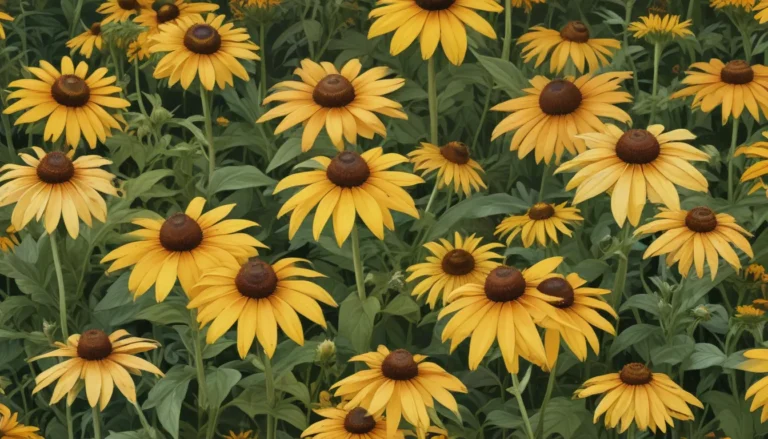Troubleshooting Brown Leaves on Prayer Plants: A Comprehensive Guide

Prayer plants are a stunning addition to any indoor garden. Their intricate patterns and vibrant colors make them a favorite among plant enthusiasts. However, these plants are known for being a bit fussy and can sometimes develop brown leaves, which is a signal that something is amiss. In this article, we will delve into the common reasons behind brown leaves on prayer plants and provide you with valuable tips to address this issue effectively.
What You’ll Learn
Prayer plants belong to the Marantaceae family and include marantas, calatheas, ctenanthes, and stromanthes. These species require specific care to thrive indoors. Here’s what we’ll cover in this article:
- 7 Common Reasons for Brown Leaves in Prayer Plants
- Too Little Soil Moisture
- Uneven Watering
- Impurities in Water
- Buildup of Fertilizer Salts
- Lack of Humidity
- Too Much Direct Sun
- Temperature Extremes
1. Too Little Soil Moisture
Prayer plants prefer moist soil conditions, but not waterlogged. If you notice brown tips or leaf margins, it could be a sign of insufficient moisture. Make sure to water your plant adequately, checking the soil’s moisture levels regularly. Consider repotting if you see roots emerging from the drainage holes or the soil surface.
2. Uneven Watering
Uneven watering can lead to brown tips on your prayer plant’s foliage. Ensure that the entire soil surface gets evenly wet during watering to prevent this issue. Water your plant until liquid drains out of the bottom of the pot.
3. Impurities in Water
Tap water often contains fluoride, chlorine, and other chemicals that can harm prayer plants, causing brown leaves. Consider using rainwater, filtered tap water, or distilled water to avoid impurities that might damage your plant.
4. Buildup of Fertilizer Salts
Fertilizer salts can accumulate in the potting soil, leading to dehydration in prayer plants. Dilute your liquid fertilizer and leach out the accumulated salts from the soil every few months to prevent brown leaves.
5. Lack of Humidity
Marantaceae species require high humidity levels to thrive. Maintain a relative humidity of 40 to 60 percent around your plant by misting it daily, using a humidity tray, or placing open containers of water nearby.
6. Too Much Direct Sun
Exposure to direct sunlight can scorch the leaves of prayer plants, causing them to turn brown. Ensure that your plant receives indirect bright or medium light to prevent leaf damage.
7. Temperature Extremes
High temperatures, as well as cold drafts, can lead to browning of prayer plant leaves. Keep your plant in a temperature range of 65 to 80°F and away from sources of heat or cold drafts to maintain its health.
Don’t Let Brown Get You Down
By addressing the common reasons for brown leaves in prayer plants outlined above, you can keep your plant healthy and vibrant. For more tips on caring for these tropical species and identifying different varieties, refer to our comprehensive guides on growing and selecting prayer plants. If you’re still unsure about how to address brown leaves on your prayer plant, feel free to share your concerns in the comments below. We’re here to help you navigate the world of indoor gardening and ensure your plants thrive.
Explore more plant care articles:
– Houseplant Primer: A Guide to Basic Care and Durable Plants
– 23 Colorful Houseplants to Warm Up Your Home This Winter
– How to Grow and Care for Spider Plants
When it comes to nurturing your prayer plants, a little extra care goes a long way. Keep an eye on them, provide them with the right conditions, and watch them flourish in your indoor garden. Happy gardening!





